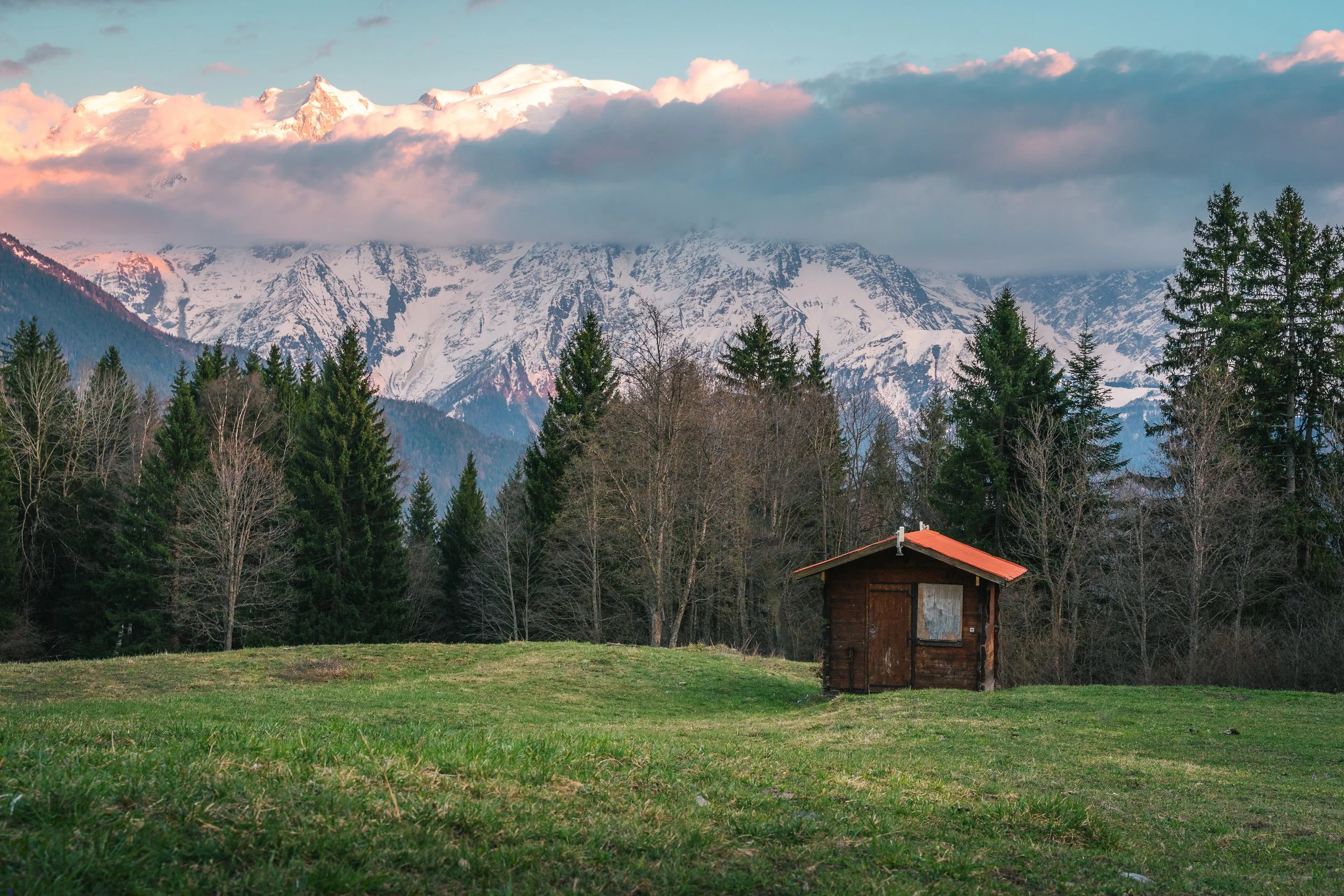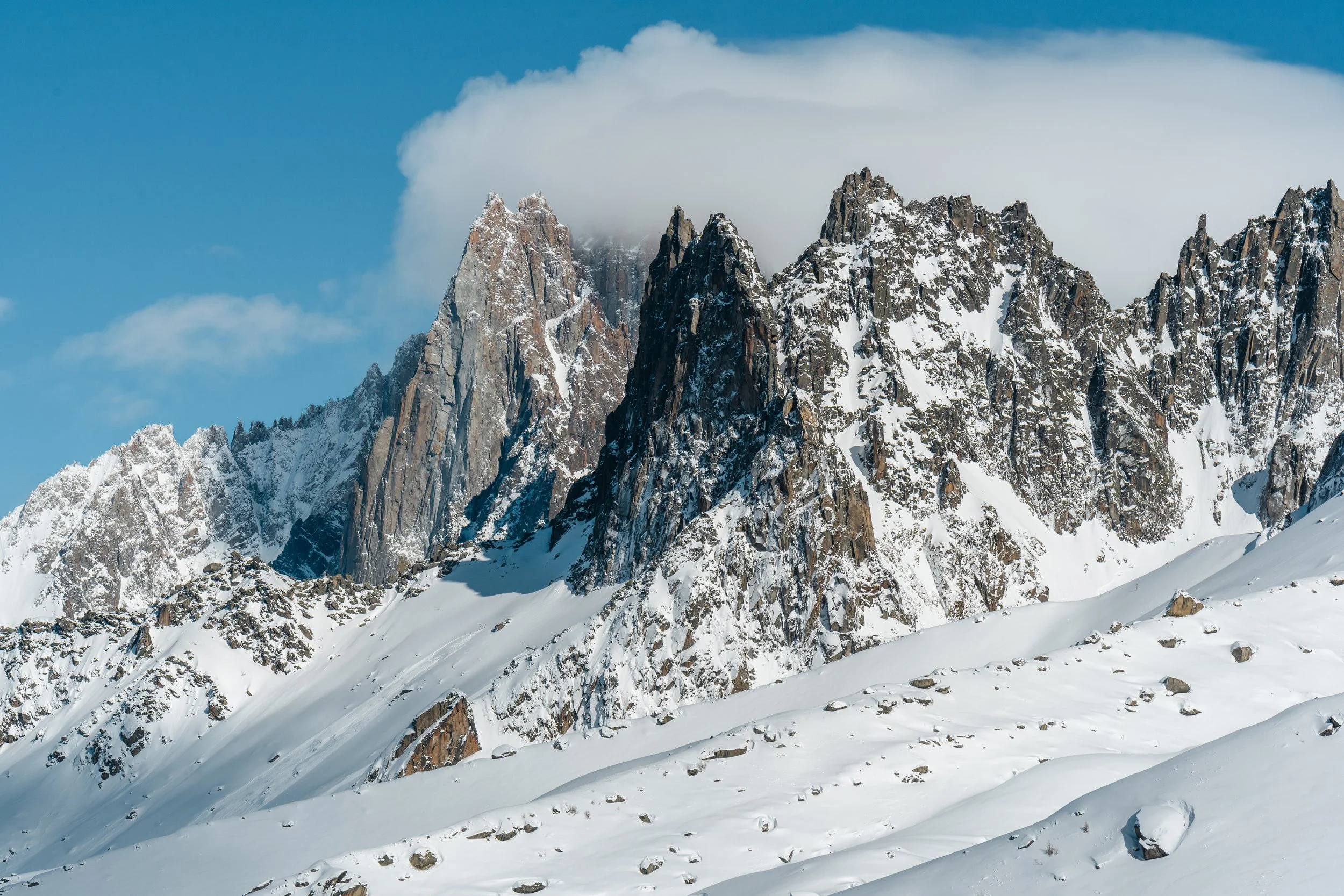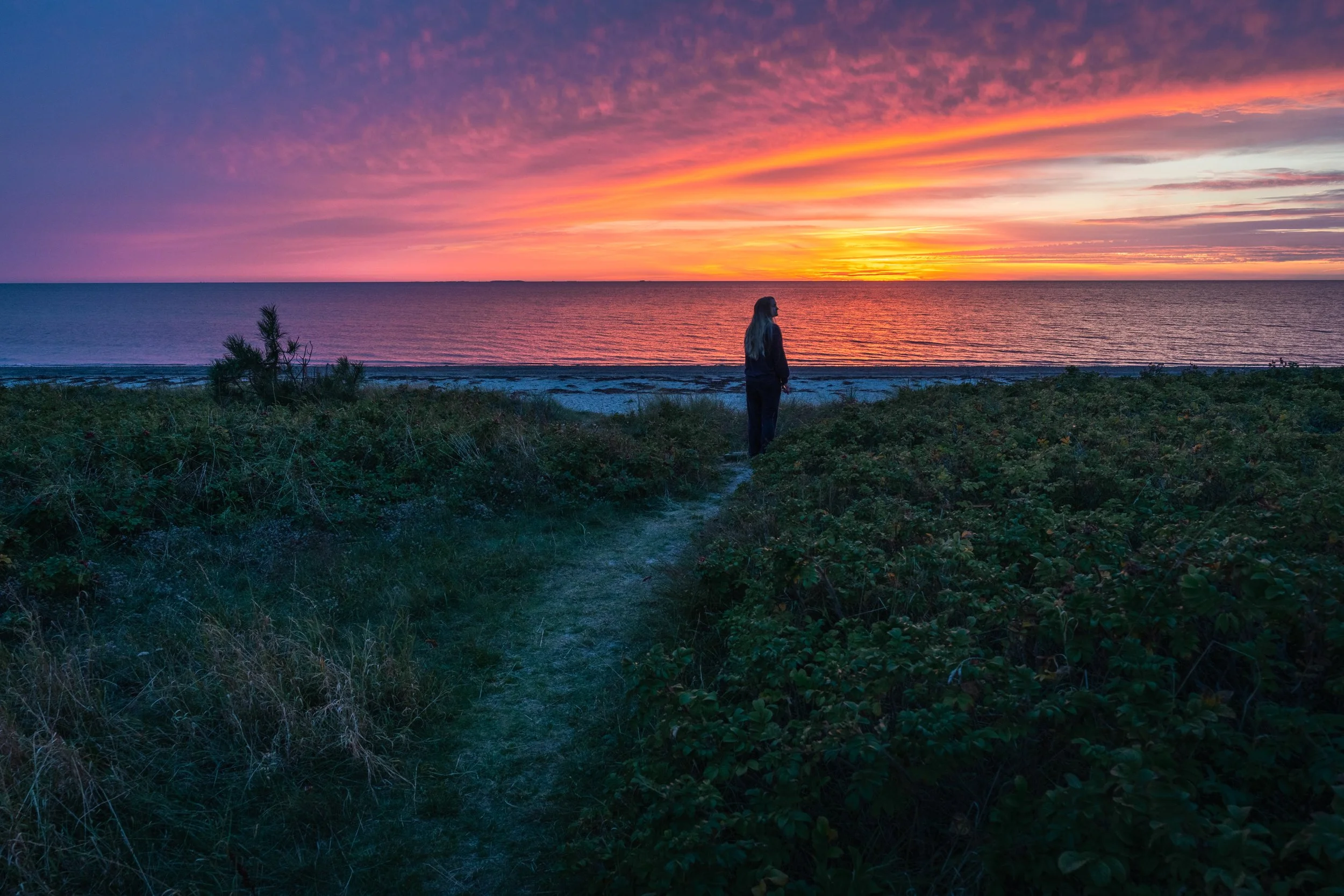
What Is a Landscape Picture Style?
A Landscape Picture Style is more than just a camera preset — it’s the foundation of how your camera interprets color, contrast, and sharpness in outdoor scenes. Whether you’re capturing misty mountain mornings or vibrant alpine sunsets, understanding this setting can help you get more depth, texture, and emotion straight out of camera — and give you more control over your final look.

The 20-60-20 Rule in Landscape Photography: A Better Way to Balance Your Shots
The 20-60-20 rule is a fresh approach to landscape photography composition that helps you balance land and sky with intention. Instead of evenly splitting your frame, this method emphasizes what truly matters—whether it’s the sweeping mountain range or a dramatic sky. By giving 60% of your image to the story’s main subject and 20% to supporting elements, you’ll create more dynamic, immersive landscapes that feel natural and alive.

What Lens Should I Use for Landscape Photography?
Choosing the right lens for landscape photography isn’t about one perfect option—it’s about the story you want to tell. Wide-angle lenses (10–24mm) capture sweeping vistas and dramatic skies, standard lenses (35–70mm) offer a natural, balanced view, and telephotos (70–400mm) let you isolate details and compress mountain layers. In this guide, we’ll explore how different focal lengths shape your landscapes and help you decide which lens is right for your vision.

How Do You Take a Landscape Photo?
Standing in front of a mountain or a glowing sunset, it’s easy to think a landscape photo will capture itself. But then you look at the shot on your screen and it feels… flat. Taking a landscape photo isn’t just about pointing your camera at a pretty view—it’s about understanding light, finding a composition that pulls the viewer in, and capturing the feeling of being there.

What Makes A Photo Landscape?
A photo doesn’t need to be wide or taken from a mountaintop to be called a landscape. At its core, landscape photography is about capturing the essence of a place—whether it’s a sweeping mountain range, a quiet forest trail, or the way mist hangs over a valley. In this article, we’ll break down what truly makes a photo a landscape, from grand vistas to intimate details, and how light, mood, and story bring these scenes to life.

What Is the Most Important Rule of Landscape Photography?
If there’s one rule that stands above the rest in landscape photography, it’s this: always chase the best light. Composition, subject, and technique all matter—but without great light, even the most stunning locations can fall flat. In this article, we’ll explore why light is the lifeblood of landscape photography, how to recognize it, and practical ways to use it to transform your images from ordinary snapshots into breathtaking works of art.

What Are The Four Pillars Of Landscape Photography: A Guide To Stronger Images
Landscape photography is more than just pointing your camera at a beautiful view—it’s about capturing light, composition, subject, and technique in harmony. These four pillars form the foundation of every powerful image, whether you’re shooting mountain peaks at sunrise or a quiet coastline at dusk. In this guide, we’ll explore how each pillar shapes your photos and share practical tips to help you turn fleeting moments in nature into compelling stories through your lens.


